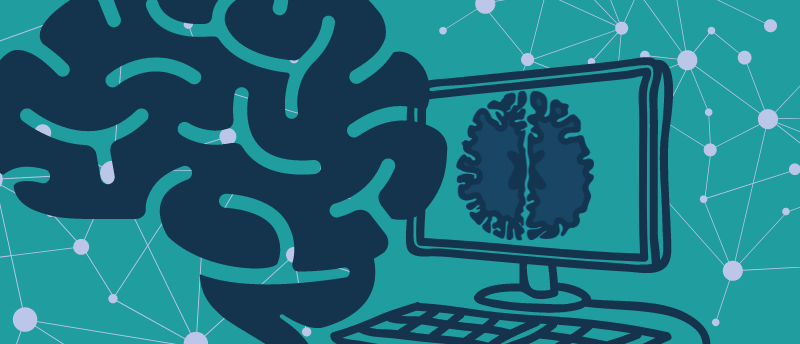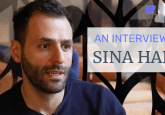Can AI predict Alzheimer’s disease?

 Nikita Goel (left) is a graduate student in Paul Thompson’s lab at the University of Southern California (CA, USA). Goel’s research is concerned with how we can leverage machine learning as much as possible to gain a greater understanding of Alzheimer’s disease. She works as part of the AI team in Thompson’s lab, utilizing many different datasets to study Alzheimer’s progression. The AI team works closely alongside the biological team, who help gather the relevant data.
Nikita Goel (left) is a graduate student in Paul Thompson’s lab at the University of Southern California (CA, USA). Goel’s research is concerned with how we can leverage machine learning as much as possible to gain a greater understanding of Alzheimer’s disease. She works as part of the AI team in Thompson’s lab, utilizing many different datasets to study Alzheimer’s progression. The AI team works closely alongside the biological team, who help gather the relevant data.
In this interview from the meeting of the Society for Neuroscience (SfN), Neuroscience 2023 (11–15 November; Washington DC, USA), Digital Editor Annie Coulson spoke with Goel about her work developing a machine learning approach for predicting Alzheimer’s disease progression.
What are you presenting at SfN?
I’m presenting our project on predicting a clinical decline from mild cognitive impairment to Alzheimer’s disease with the help of machine learning and 3D brain scans. Mild cognitive impairment (MCI) is an intermediate stage between normal aging and Alzheimer’s, which makes it hard to figure out if the MCI is indicative of a brain progressing towards Alzheimer’s. The project revolves around how we can leverage robust machine learning algorithms to understand this progression.
Did you have to develop a novel machine learning methodology for this project?
For our study, we used data from the Alzheimer’s Disease National Initiative (ADNI), which provided us with a great deal of information, such as demographic information, genetic information, PET scans, MRI scans and cognitive test scores. From this ADNI database, I was interested in looking at only certain predictors: demographic, genetic, cognitive and 3D brain scans, specifically T1-weighted MRI scans. My co-author, Sophia Thomopoulos, who is a member of the biology team, helped me extract cortical measures from the 3D scans using FreeSurfer. Once I had the cortical measures extracted using this free software tool, I started preprocessing them, and then I fed them to machine learning algorithms.
The opinions expressed in this article are those of the author and do not necessarily reflect the views of Neuro Central, BioTechniques or Taylor & Francis Group.

